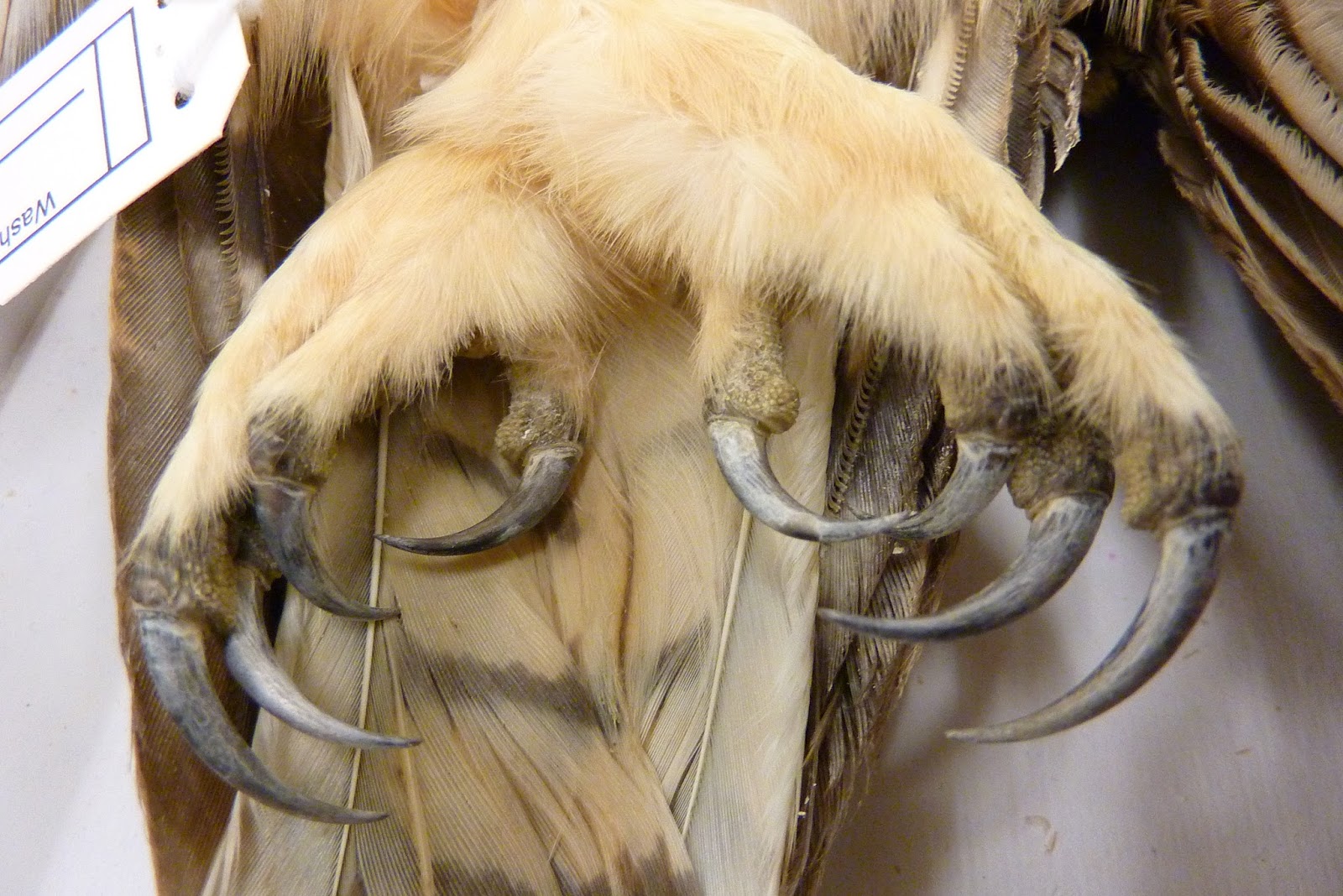The great horned owl is one of the largest and perhaps rightfully, the most powerful raptor in South and Central America. The half-an-inch long talon is able to exert a pressure of 500 pounds per square inch—enough to cause severe injuries even to humans. Only golden eagle’s talons can match the force of great horned owl’s talons. Let’s get on with some of the most amazing facts about great horned owl talons.
Great Horned Owl Talons – Size, Strength, Diameter, Texture, and Color

Not only does the great horned owl possess keen eyesight and excellent hearing sense, its talons significantly add to the bird’s hunting equipment. This explains why owls let alone great horned owls are deadly predators to some of the land mammals.
The primary purpose of the owl’s talons is to capture the prey. The great horned owl talon is so spread that it becomes almost impossible for the prey to escape once it gets into the bird’s grip. The force by which talons are closed is measured at 28.7 pounds (13 kg) which is equal to the German shepherd’s bite force. Nonetheless, often does it happen that the prey dies immediately by the shock of the contact; the powerful talons does the rest.
READ: [What Do Great Horned Owls Eat?]
The great horned owl doesn’t launch its secret weapon straightaway; it extends its powerful talons when the owl is inches away from the prey. The diameter of the talon is measured at 4 to 8 inches. The owl’s legs have got tiny feathers which are meant to protect the bird from cold.
Depending on the subspecies the size and color of the talons vary greatly. However, the most typical color is pale gray to brown. Smaller owl species do not seem to possess sharp talons. The bigger individuals have thicker feet as well as serrations with a rough surface so the prey doesn’t get away easily.












